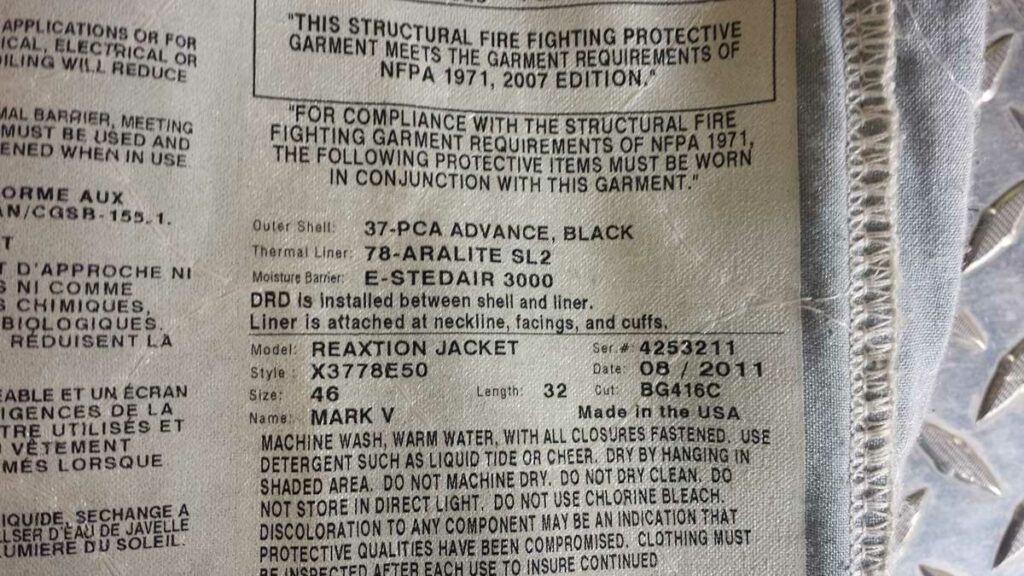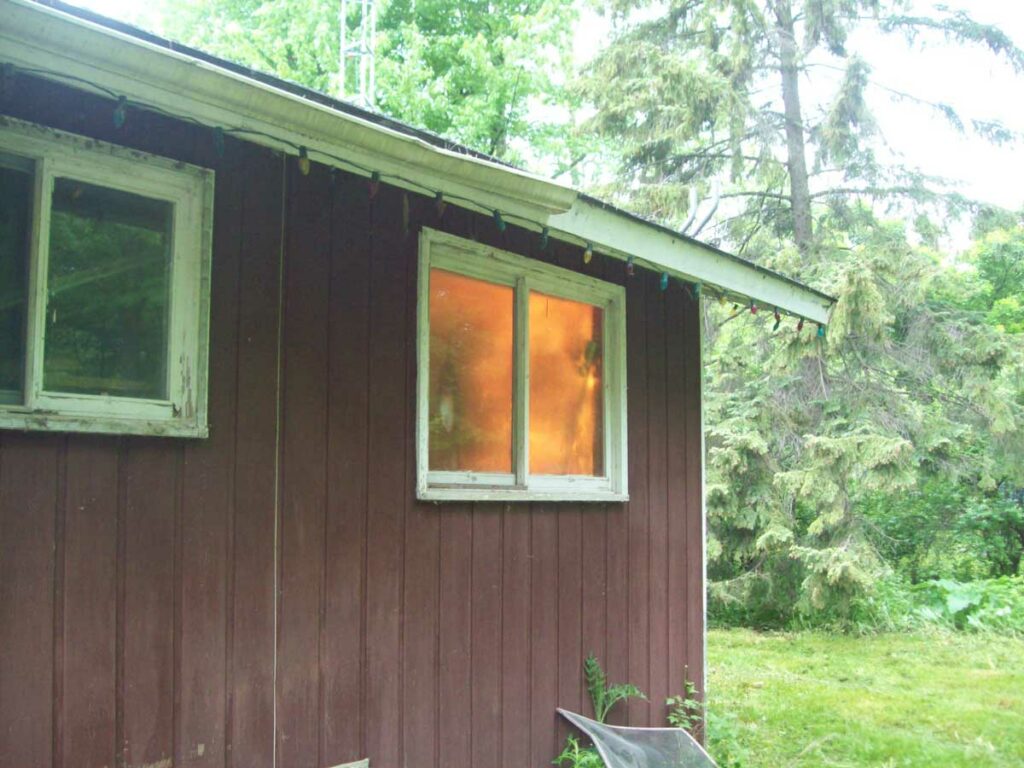All photos by author
Rapid fire development—occurrences such as flashover, backdrafts, and smoke explosions—are a significant concern for firefighters operating on the fireground. Rapid fire development (RFD) can take place at any structure, at any time of day, and at any place in North America. An RFD does not discriminate against a firefighter or the fire department. It delivers a powerful punch regardless of who they are and who they work or volunteer for.
A flashover is a common instance of an RFD, and these events have caught many firefighters off guard inside a structure. I recall a recent video that I watched on the internet where a firefighter in a foreign country was trapped in a bedroom of an apartment on the third story. The member had no hoseline to help him and he was trapped between a window and a room that had flashed over. The result was the firefighter jumping from the window with his gear on fire.
RELATED FIREFIGHTER TRAINING
Differentiating the “Fireground Phenomena”
Let’s first define what we mean by the term flashover. This refers to the simultaneous ignition of unburned gases within a room. It occurs when hot gases/radiant heat rise to the ceiling and spread out across the walls and eventually down to the floor. These hot gases are what we call black smoke—unburned particles of combustion. As it spreads out across the ceiling and the walls, it starts to heat up the items found in the room: the paint on the walls, the furnishings, clothing, mattress, flooring material, etc. Once they all reach their ignition temperature, rapid fire development occurs.
The temperature range that we are considering here is between 1,000-1,500°F with flashover occurring at 1,112°F. This temperature range is not viable for the survival of a firefighter let alone an occupant of the residence. Firefighters must recognize the impending signs prior to the RFD occurring and not get caught in the subsequent flashover. Firefighter survival skills can only do so much to help the firefighter once they are caught in an RFD. The best defense against this is to avoid it altogether or aggressively cool the area in question.
The heat spread that we mentioned here is a radiant heat spread. Black smoke is a danger to any firefighter and needs to be aggressively cooled and removed to prevent this RFD. As mentioned already, the content of the black smoke is unburned particles of combustion just waiting to be mixed with a fresh air supply and turned into a ball of fire. Contained within this black smoke is extreme radiant heat.

So why are we exposed to this increased danger? A few reasons:
- Better firefighter protective gear: The structural firefighting gear that we wear now protects us better than it did before. This means firefighters can enter in deeper into the structure than before. Our modern gear has properties that protect us from heat a lot longer, which in turn prevents us from feeling the buildup of heat quickly. As you can see in photo 1, our gear can be assembled with many different options such as outer shell material, inside liner material, and vapor barrier material. Each type of material carries different thermal protective properties as well as heat resistance and protection. Depending on what type of gear we are wearing, we may be feeling the heat inside our gear when it is to late.
- Faster notification: We are being notified about structure fires quicker than before. This in turn allows us to respond quicker to the structure fire and arrive on scene at a time prior to an RFD occurring. In the stages of fire development, a fire department may arrive when the fire is ventilation-limited–the black smoke cannot get out and is contained. By arriving on scene quicker, we are exposing ourselves to this rapid heat buildup and flashover precursor.
- Better insulation: This point ties in with the previous point. The houses built today and in the last 10 years are airtight. With a push on energy efficiency and conservation, we are building homes that do not breathe. A new house built today will have an air exchanger included as part of the local building code because it does not breathe on its own. An airtight home that does not allow black smoke to escape results in a vent-limited building and situation for the arriving fire department.
- Combustible furnishings: As technology and chemistry advanced, we have houses filled with highly combustible furnishings. They are not a danger to the homeowner as they are, but when they are exposed to high heat radiating from fire and unburned particles of combustion, they start to break down and contribute to the overall heat release rate. Once these furnishings ignite, the heat release rate they produce extreme heat that lends itself to the RFD. An upholstered sofa chair will produce 2 megawatts (Mw) of heat release; a flashover will occur at 2 Mw of heat release.


In part two, we will continue our look at RFDs and how we can aggressively cool the fire box and remove the potential for a flashover.
 Mark van der Feyst has been in the fire service since 1999 and is a firefighter with the Fort Gratiot (MI) Fire Department. He is an international instructor teaching in Canada, the United States, and India, and at FDIC. He is also the lead author of Residential Fire Rescue (Fire Engineering Books & Video). He can be contacted at Mark@FireStarTraining.com.
Mark van der Feyst has been in the fire service since 1999 and is a firefighter with the Fort Gratiot (MI) Fire Department. He is an international instructor teaching in Canada, the United States, and India, and at FDIC. He is also the lead author of Residential Fire Rescue (Fire Engineering Books & Video). He can be contacted at Mark@FireStarTraining.com.
MORE MARK VAN DER FEYST
Firefighter Training Drill: Do the Twist: FDC Hook Up
Firefighting Basics: Getting Water to and on the Fire, Part 1 | Part 2 | Part 3

